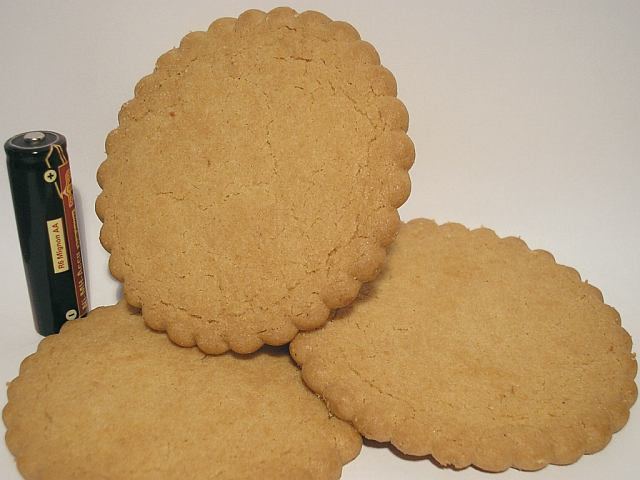 | ||
Similar Chocolate‑coated marshmal, Roze koek, Moorkop, Stroopwafel, Spritzkuchen | ||
Jodenkoek
A jodenkoek (in Dutch, literally "Jew cookie", plural jodenkoeken) is a big, flat, round shortbread cookie with a diameter of about 10 centimeters.
Contents
Miss jodenkoek and mr jodenkoek
History
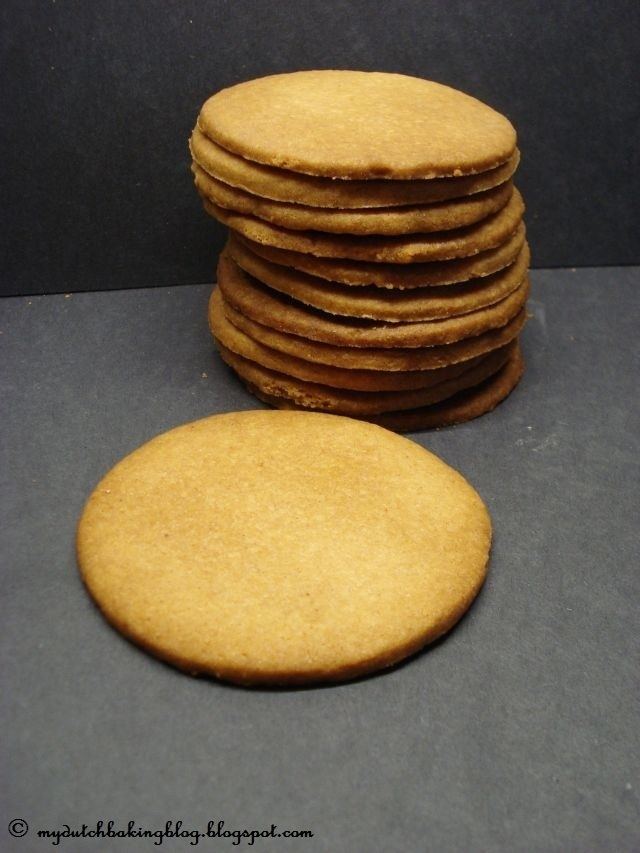
Claimed to have been first baked in the 17th century, these cookies were advertised by bakeries as early as 1872. Jodenkoeken were made famous by a baker called Davelaar, in Alkmaar, Netherlands. The Stam bakery in Alkmaar started selling jodenkoeken in 1883, and Dirk Davelaar took over this bakery in 1924. By advertising in local newspapers and by offering the cookies through other stores, his jodenkoeken became a popular product. The company continues to bake them to this day. Similar products with the same name are produced by Lotus Bakeries and O'Lacy.
Etymology
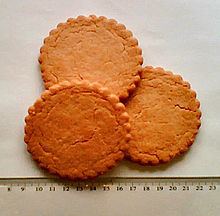
Some producers still use the old name, jodekoek, while others have changed the name of the product to jodenkoek, after the new orthography of the Netherlands from 1996.
There are four different stories about the name of the cookies:
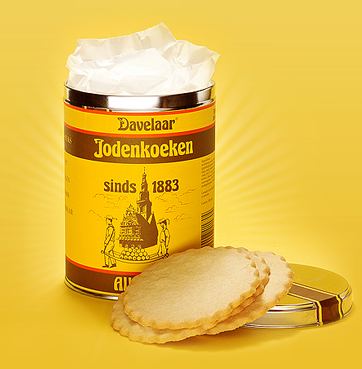
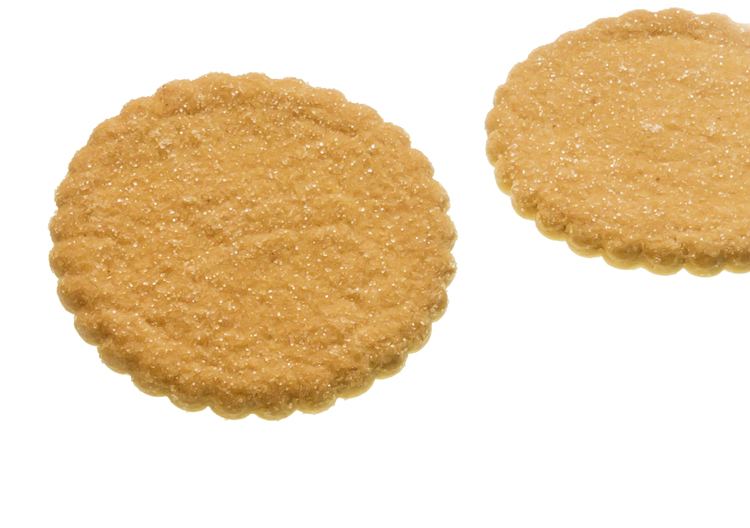
In the 1970s the name was thought to be discriminatory by some, and the manufacturer considered changing it, but ultimately decided against it. Jodenkoeken are exported to England and China, but, because of the difficulty of the name explanation, the export product is called Dutch Cookies.
Package
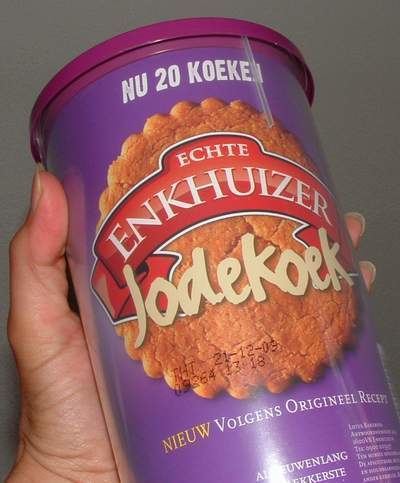
In the beginning the cookies were sold in iron tin-plates with a yellow wrapper. Now jodenkoeken can also be bought in plastic tins with a purple wrapper. Because the cookies are in a tin-plate, they are packed air-tight so they remain fresh and crunchy.
